- A long-running project studying bird communities in fragments of Amazonian rainforest has summarized its findings from the past 40 years.
- The Biological Dynamics of Forest Fragments Project (BDFFP) found that abandoned cattle pastures that were allowed to regrow into forest acted as important habitats for bird life.
- Researchers are also looking into the wealth of data gathered over the past four decades to see how birds have responded to forest changes associated with climate change.
- The paper reflects on the technological advances in bird research and the author notes the importance of the training and research opportunities provided for students and scientists throughout the 40-year project.

For the past 40 years, researchers have studied Amazonian bird communities in the world’s longest-running experiment on tropical forest fragments. This research, summarized in a newly published paper in The Condor: Ornithological Applications, sheds light on the way Neotropical birds respond to and recover from deforestation in a dynamic tropical landscape.
The Biological Dynamics of Forest Fragments Project (BDFFP), began in 1979 in the Amazon rainforest near Manaus, Brazil and is a collaboration between the National Institute of Amazonian Research (INPA by its Portuguese acronym) and the Smithsonian Institution. It is the only experimental study of habitat fragmentation in the Amazon Basin.
“The long history of the project allowed us to follow changes in the avifauna [birds] rather than just trying to interpret what we saw in any particular slice of time,” said Philip Stouffer, author of the paper and current professor at Louisiana State University. Stouffer led ornithological research at the BDFFP from 1991 to 2019.

The original intent of the project was to monitor “forest islands,” permanent patches of forest surrounded by cattle pastures. However, the cattle pastures were abandoned within a few years of the project’s establishment due to changes in the Brazilian economy.
“Our pastures regrew because the government didn’t provide subsidies to maintain cattle ranches in areas with such low productivity,” Stouffer said. “I think, especially for the Northern Amazon, this is something that might help save it … it’s not like it’s a source of untold riches.”

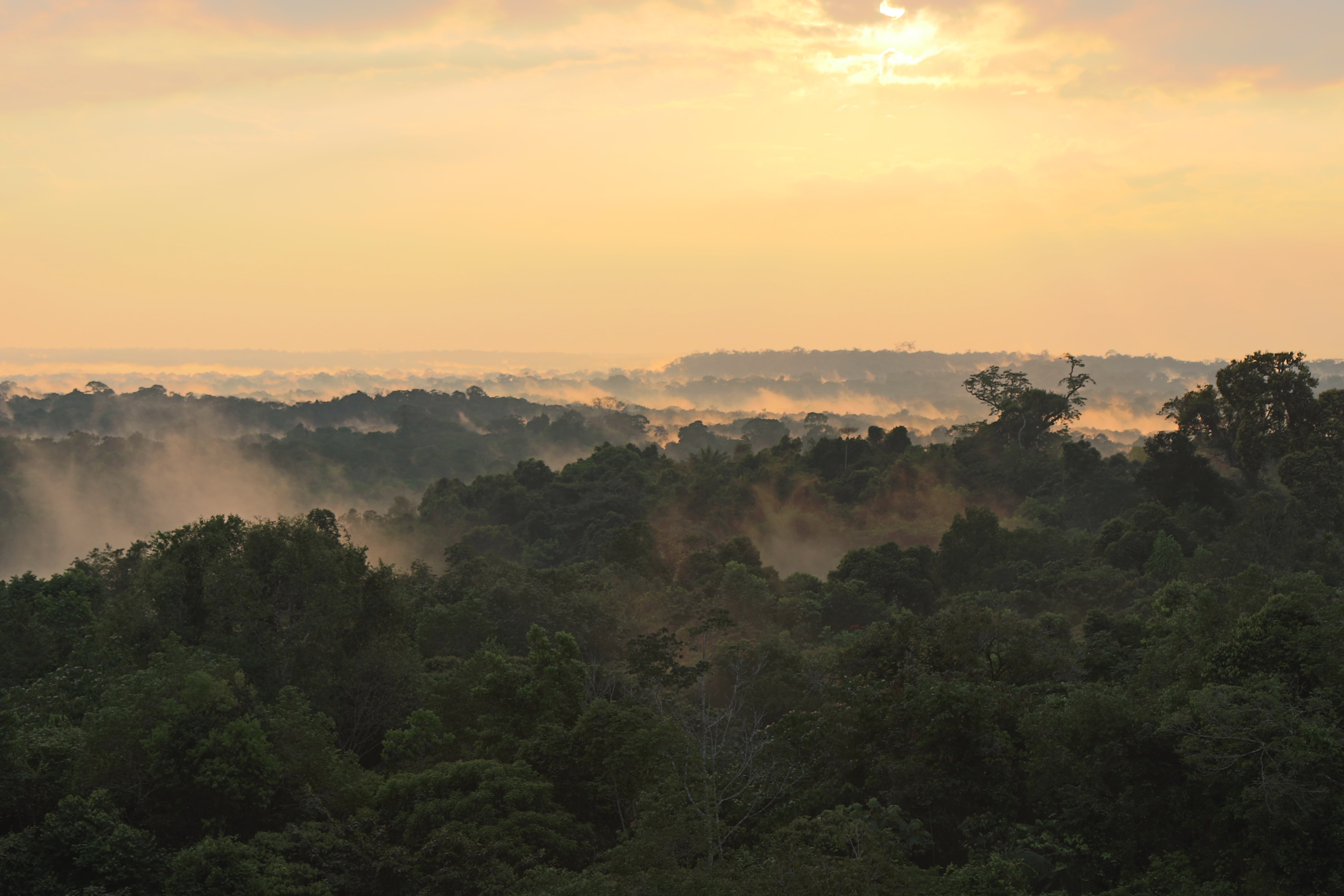
Left alone, the pastures began to regrow trees, and forest-dwelling birds started to recolonize these transitioning areas. This movement of birds into previously cleared land highlighted the value of second-growth habitat for Amazon birds and provided an opportunity to study bird communities in secondary forests over time.
“This project was important for stepping away from the idea that habitat fragments are analogous to actual islands,” Stouffer said. “The modern interpretation is a lot more nuanced, and the recovery of birds in second growth forest provides encouraging evidence that many rainforest birds can use deforested areas that are allowed to regrow.”
Recovering second-growth forests can be recolonized with native species of plants and animals if there are areas that plants and animals can colonize from, such as a neighboring primary forest. According to Stouffer, this is encouraging because it indicates that relatively small fragments of forest might still be valuable.
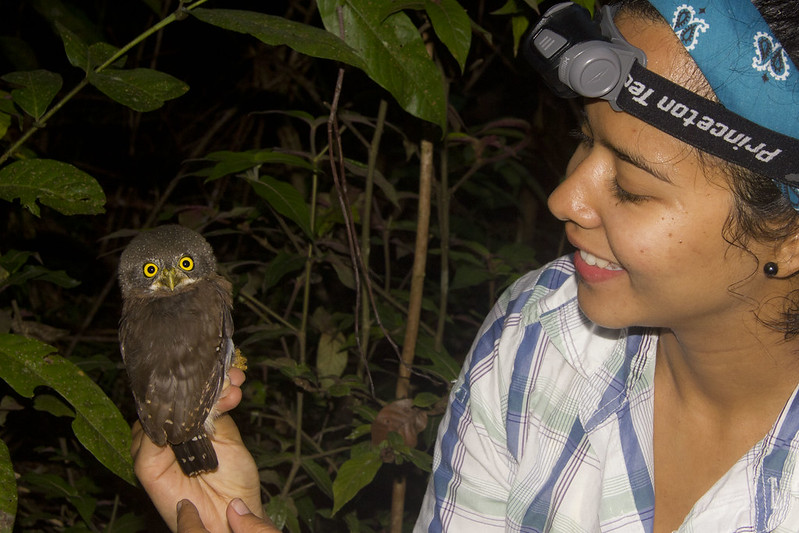
Another strong pattern noted in the study was that non-forest birds (birds that live primarily in grasslands, for instance) did not invade forests, as the habitat transitioned from pasture to secondary forest. On the flip side, even narrow strips of areas with no trees could limit the movements of the forest-dwelling birds.
“Forests, and especially old-growth forests in the Amazon lowlands where this study took place, are tough places to make a living, and few species are specialized so as to do it effectively,” Tom Sherry, professor at Tulane University and president-elect of the American Ornithological Society, who was not involved in the new paper, told Mongabay in an email. “One lesson of this study, not really new but reinforced here, is the relative fragility of insectivorous birds in these landscapes, and their relatively great dependence on old-growth forests.”
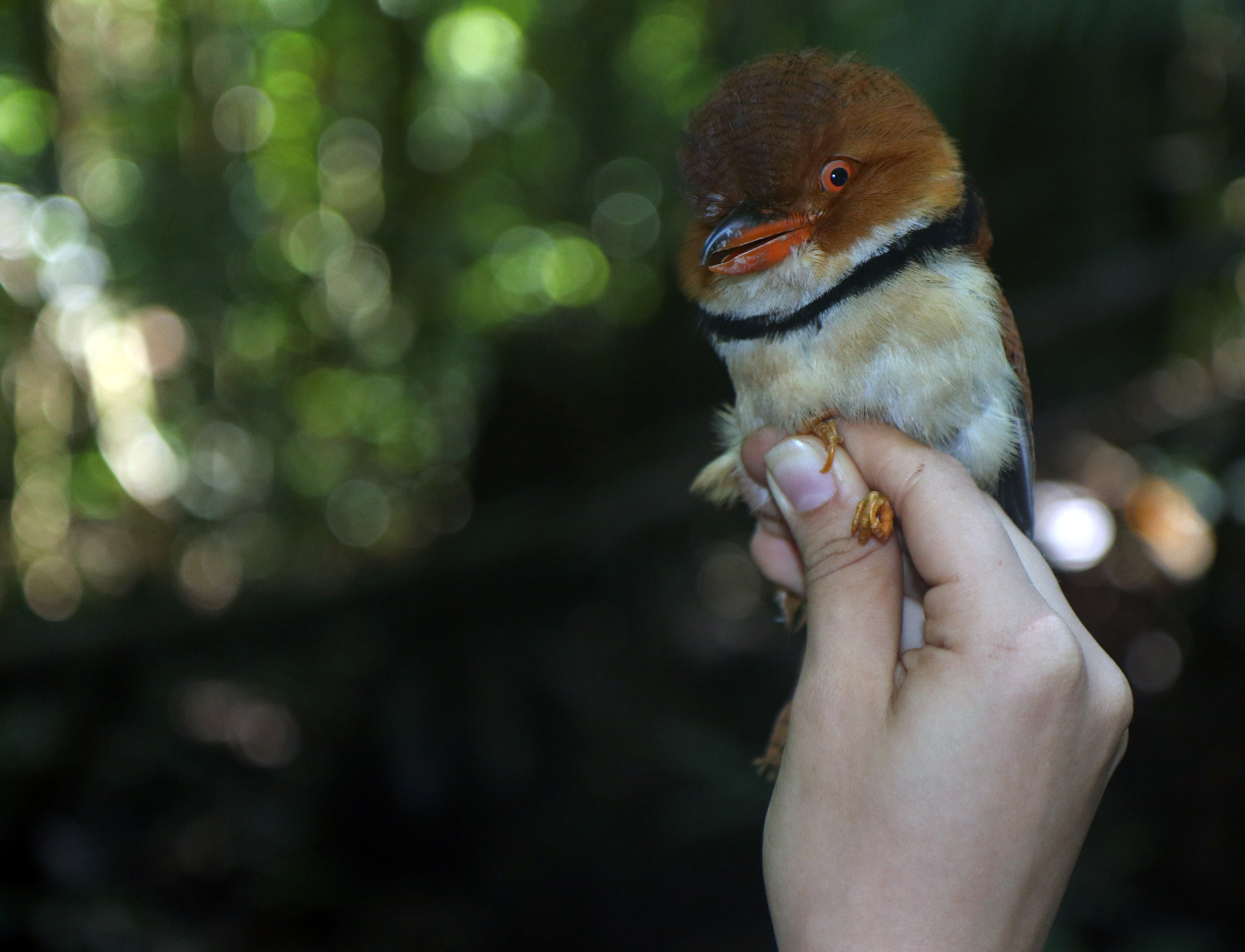
The work of Stouffer and colleagues reveals that Amazonian bird dynamics are not just driven by the size of forest patches or by how isolated these patches are, but also by larger patterns in the landscape over decades, like the recovery of secondary forests.
“Our challenge now is to determine under what conditions remnant patches and second growth can support rich Amazonian bird communities,” Stouffer said.

Overall, Sherry said, the project is “incredibly valuable to people studying the science and conservation of Neotropical birds, the most species-rich environment for birds globally.”
The paper also highlights the technological advances that have made much of modern ornithological research possible. GPS technology allows scientists to track and monitor bird movement with precision; high-resolution digital photography is used to determine the age of birds — goals which, according to Stouffer, were “unimaginable when I started at the BDFFP.”
“On the 40th anniversary of the BDFFP, it seems appropriate to summarize what we’ve learned. It’s also important to reflect on how technical advances that we now take for granted in modern fieldwork were incorporated into the project.”

Some of the ongoing and future questions the researchers hope to address center around climate change. Though not the original intention of the project, the long-term data collected in primary forests is proving useful for examining the ways birds are responding to forest changes associated with climate change.
“I’m measuring the movement in space, temperature, and light environments of vulnerable birds to see if they are trying to avoid conditions that climate change is bringing,” Vitek Jirinec, a Ph.D. candidate working on the BDFFP project under Stouffer, told Mongabay in an email.
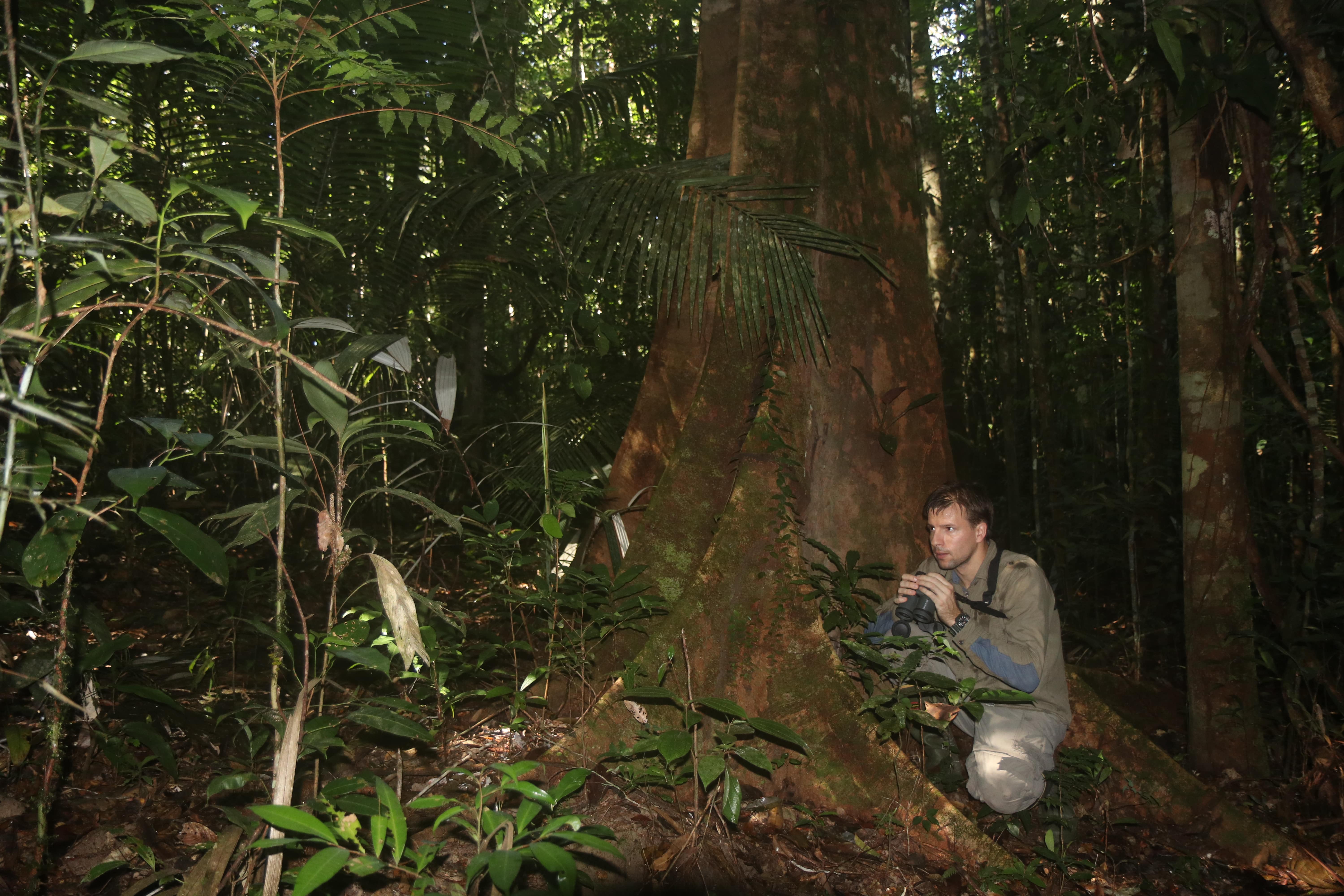
In addition to 40 years of research, the BDFFP has also provided decades of invaluable field training and research opportunities for scientists, like Jirinec, locally and internationally.
“Camps [at BDFFP sites] are rustic,” Jirinec writes. “It is a roof of corrugated metal under which you string a hammock, so you are out there basically living in the forest, usually weeks at a time.”
Jirinec describes invasion by army ants, close calls with falling branches, and the collective fear of large cats in the night, “especially because the hammock makes you look like a burrito perfectly served at bite height.” But also, encountering incredible wildlife such as ocelots, pumas, jaguars and birds, and getting the opportunity to work on this long-term project, makes the fieldwork “quite exciting.”
“The training that’s been provided through the course of this project has been really important,” Stouffer said. “There are so many people that have moved on, not just positions as biologists but positions where they’ve been involved in education and policy … not just in Brazil and not just in the US, but all over the world.”
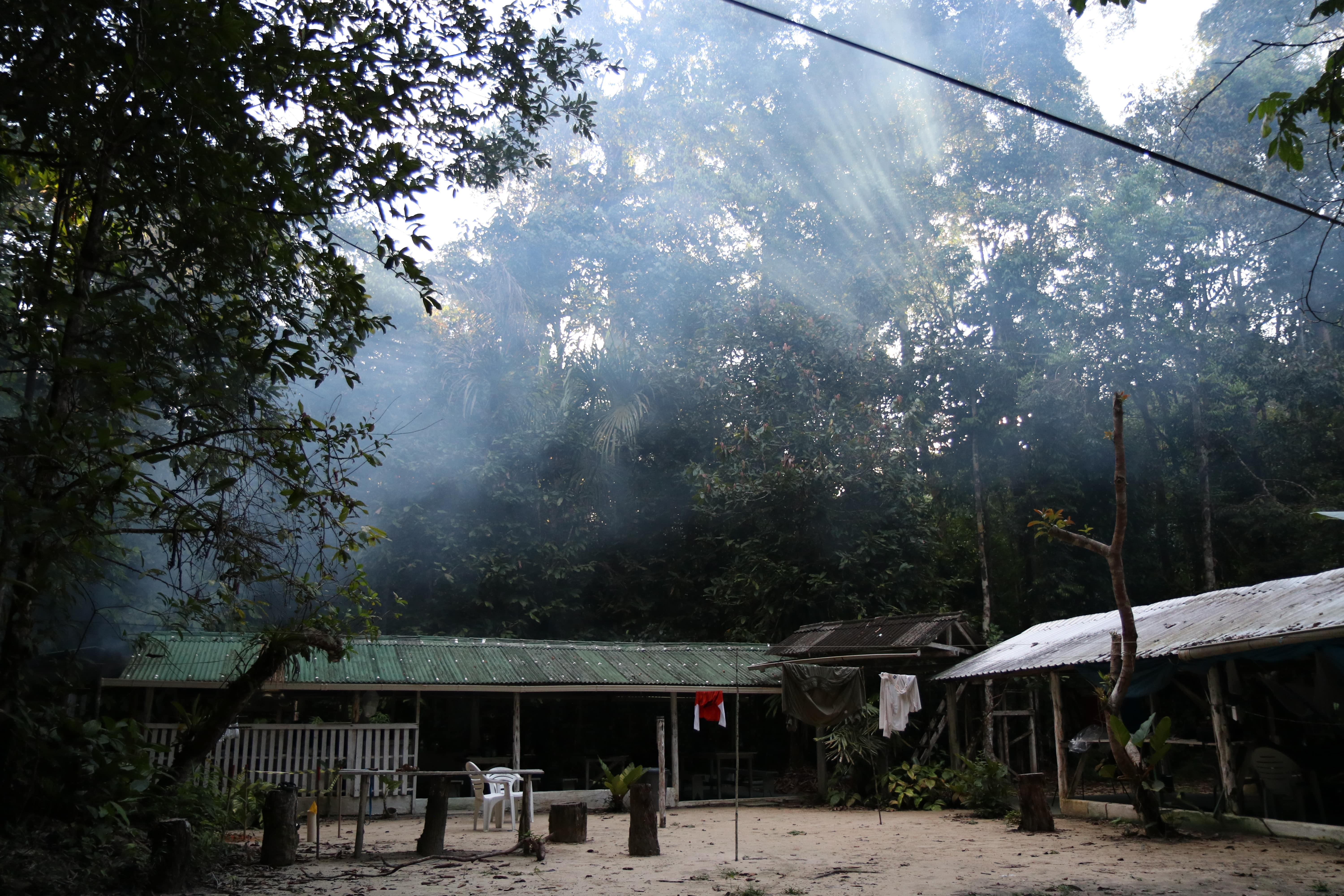

“I think an important positive aspect of this project is that it shows us cleared forest is not necessarily gone forever. It can recover, including many of the ‘biological dynamics’ it once contained,” Jirinec writes.
“This is not a redwood forest where old-growth trees take 2000 years to build. Because of the more dynamic nature of Amazonia, with frequent treefalls, a forest that you can call ‘old-growth’ can emerge much more quickly. On the other hand, there’s this idea of ‘tipping point’ that there could be a point of no return for Amazonia if we clear too much.”

Banner image of Yellow-billed Jacamar (Galbula albirostris) by Philip Stouffer.
Citation: Stouffer, P. C. (2020). Birds in fragmented Amazonian rainforest: Lessons from 40 years at the Biological Dynamics of Forest Fragments Project. The Condor: Ornithological Applications. doi:10.1093/condor/duaa005
Liz Kimbrough is a staff writer for Mongabay. Find her on Twitter @lizkimbrough_
FEEDBACK: Use this form to send a message to the author of this post. If you want to post a public comment, you can do that at the bottom of the page.
